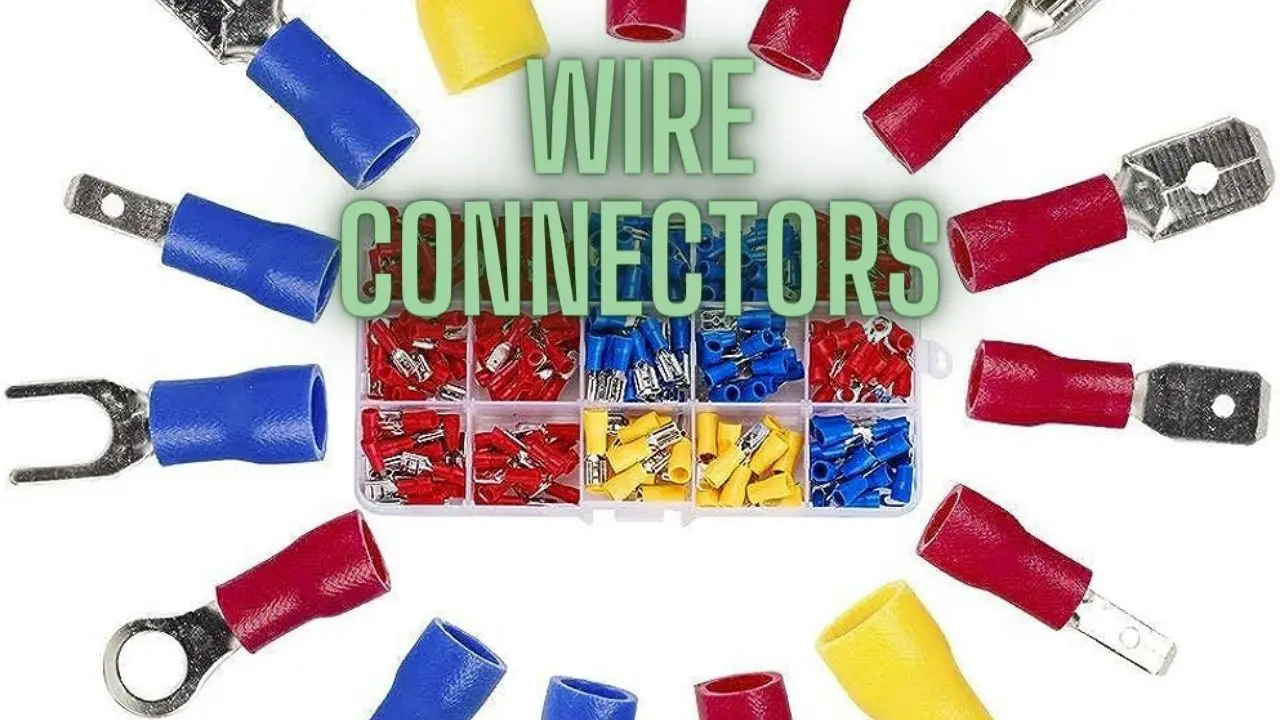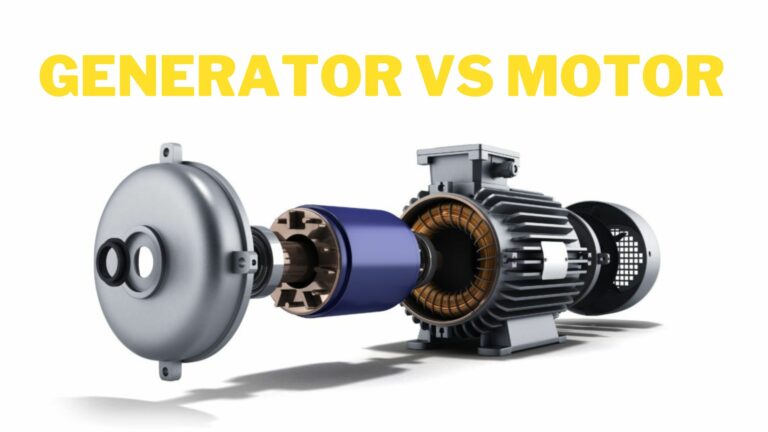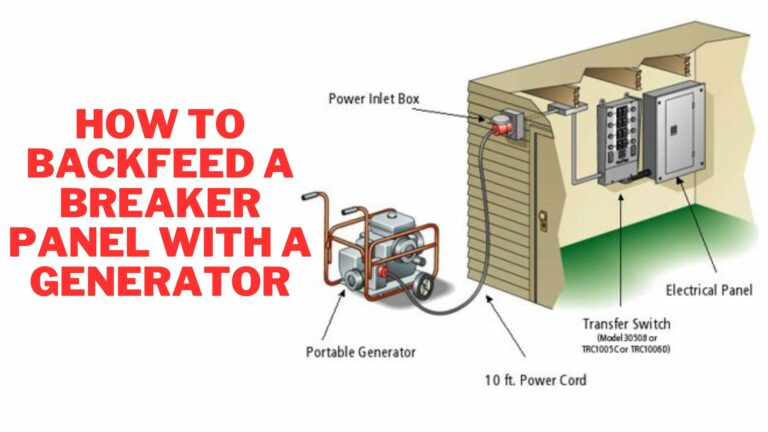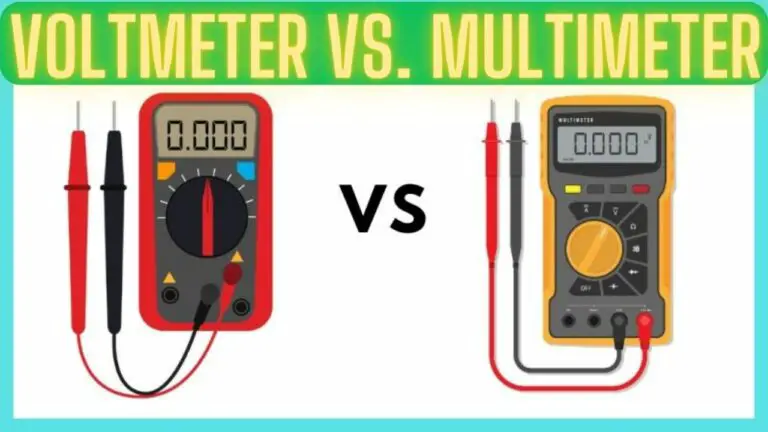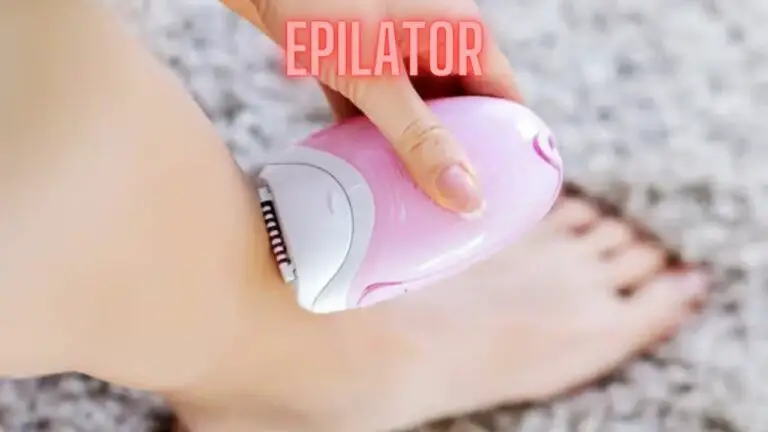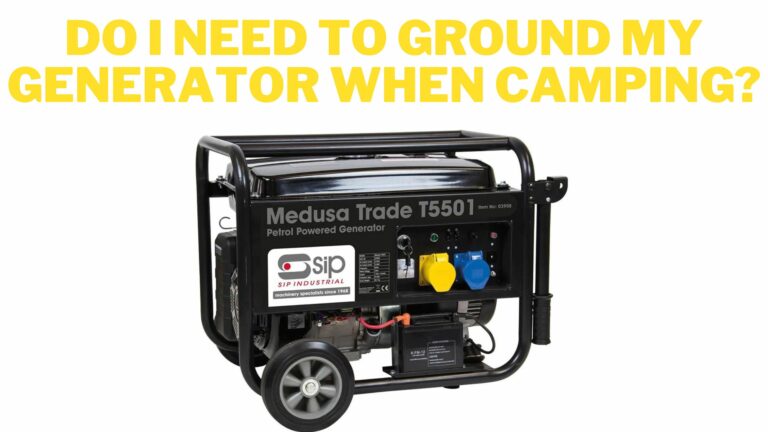Wire Connectors: Types and Applications
Introduction
Wire connectors are essential components used in electrical systems to join and secure electrical conductors effectively. They provide a reliable connection between wires, ensuring proper electrical conductivity while also safeguarding against electrical hazards like short circuits and electrical fires. Proper wire connections are vital for the safe and efficient operation of electrical circuits in various applications, including residential, commercial, industrial, and automotive systems.
In this guide, we will explore the different types of wire connectors available, their respective applications, advantages, and disadvantages. Understanding the characteristics and uses of each type of connector is crucial for selecting the most suitable option for a specific electrical task. Additionally, we will discuss important factors to consider when choosing wire connectors, as well as safety considerations and best practices for their installation and maintenance.
By the end of this guide, readers will have a comprehensive understanding of wire connectors and how to effectively utilize them in electrical projects to ensure optimal performance, safety, and reliability.
Types of Wire Connectors
Wire connectors come in various types, each designed for specific applications and requirements. Understanding the characteristics and uses of different types of wire connectors is essential for selecting the most suitable option for a particular electrical task. Here are some common types of wire connectors:
- Twist-On Wire Connectors:
- Description: Twist-on wire connectors, also known as wire nuts, feature a cone-shaped plastic body with internal threads and a metal coil inside. They are designed to twist onto stripped wire ends, securing them together.
- Applications: Commonly used in residential, commercial, and industrial electrical wiring for joining conductors in junction boxes, outlets, switches, and light fixtures.
- Advantages: Easy to use, readily available, and provide a secure connection when properly installed.
- Disadvantages: May loosen over time if not properly twisted, not suitable for high-vibration environments.
- Crimp-On Wire Connectors:
- Description: Crimp-on connectors require a crimping tool to compress and deform a metal sleeve or barrel onto the stripped wire, creating a secure connection.
- Applications: Widely used in automotive, aerospace, marine, and industrial applications where a durable and reliable connection is essential.
- Advantages: Provide a strong and permanent connection, suitable for high-vibration environments, available in various sizes and configurations.
- Disadvantages: Require a crimping tool for installation, improper crimping can lead to weak connections.
- Push-In Wire Connectors:
- Description: Push-in connectors feature spring-loaded terminals that allow wires to be inserted directly into the connector without the need for stripping insulation or twisting wires.
- Applications: Commonly used in residential and commercial wiring for quick and easy connections in junction boxes, outlets, and light fixtures.
- Advantages: No need for wire stripping or twisting, quick and easy to install, suitable for tight spaces.
- Disadvantages: Limited to a certain number of wire insertions, may not provide as secure a connection as other types.
- Insulation-Displacement Connectors (IDC):
- Description: IDC connectors pierce the insulation of wires to make contact with the conductor using specialized blades or contacts, typically used in modular connectors or punch-down blocks.
- Applications: Commonly found in telecommunications, data networking, and structured cabling systems for terminating and connecting wires in patch panels, jacks, and terminal blocks.
- Advantages: Fast and efficient installation, suitable for high-density applications, provide gas-tight connections.
- Disadvantages: Require precise alignment and insertion, limited reusability, may cause damage to wires if not properly installed.
- Wire-Nut Connectors:
- Description: Wire-nut connectors are similar to twist-on wire connectors but feature a winged design for easier twisting and tightening by hand.
- Applications: Used in electrical installations where quick and secure wire connections are needed, particularly in residential wiring.
- Advantages: Easy to install without tools, provide a reliable connection when properly twisted, available in various sizes for different wire gauges.
- Disadvantages: May come loose if not properly tightened, not suitable for high-vibration environments.
These are just a few examples of the many types of wire connectors available, each with its advantages, disadvantages, and applications. Choosing the right connector depends on factors such as the specific requirements of the electrical task, environmental conditions, and the type of wire being used.
Factors to Consider When Choosing Wire Connectors
Selecting the appropriate wire connectors for a specific electrical task requires careful consideration of various factors to ensure optimal performance, reliability, and safety. Here are some key factors to consider when choosing wire connectors:
- Electrical Compatibility:
- Ensure that the wire connectors are compatible with the electrical specifications of the system, including voltage, current, and frequency ratings.
- Verify that the connectors are suitable for the types of wires being used, such as stranded or solid conductors, and the wire gauge size.
- Environmental Conditions:
- Consider the environmental conditions where the connectors will be installed, including temperature extremes, moisture, chemicals, and exposure to UV radiation.
- Choose connectors with appropriate insulation and housing materials that provide protection against environmental factors to prevent corrosion, degradation, and electrical failures.
- Wire Size and Gauge:
- Select wire connectors that are compatible with the size and gauge of the wires being connected.
- Ensure that the connectors provide a secure and reliable connection without damaging or deforming the wires, particularly when using crimp-on connectors.
- Installation Requirements:
- Evaluate the ease of installation and accessibility of the connectors, especially in tight spaces or hard-to-reach areas.
- Choose connectors that are compatible with the installation method and tools available, whether it requires twisting, crimping, pushing, or other techniques.
- Durability and Reliability:
- Prioritize connectors that are durable, reliable, and resistant to mechanical stress, vibration, and thermal cycling.
- Look for connectors with robust construction and features such as strain relief, locking mechanisms, and corrosion-resistant coatings for long-term performance.
- Certifications and Compliance:
- Verify that the wire connectors meet relevant industry standards, certifications, and regulatory requirements for safety, quality, and performance.
- Choose connectors from reputable manufacturers with a track record of compliance and reliability to ensure product quality and adherence to standards.
- Cost and Budget:
- Consider the cost-effectiveness of the connectors about the overall project budget and requirements.
- Balance the initial cost of the connectors with their long-term performance, durability, and reliability to achieve the best value for money.
- Future Accessibility and Maintenance:
- Anticipate future maintenance and servicing needs by choosing connectors that allow for easy access, inspection, and replacement if necessary.
- Consider connectors with features such as modular designs, tool-less installation, and color-coding for simplified identification and maintenance.
By carefully considering these factors, you can choose the most suitable wire connectors for your electrical project, ensuring safe, reliable, and efficient connections that meet your specific requirements and standards.
Safety Considerations and Best Practices
Proper installation and usage of wire connectors are critical to ensure electrical safety, prevent hazards, and maintain reliable connections. Here are some important safety considerations and best practices to follow when working with wire connectors:
- Turn Off Power:
- Always turn off the power to the circuit before working with wire connectors to prevent the risk of electric shock or short circuits.
- Proper Wire Stripping:
- Strip wire insulation to the correct length according to the connector’s specifications using appropriate wire stripping tools.
- Avoid nicking or damaging the wire conductors while stripping insulation to maintain electrical conductivity.
- Select Correct Connector Size:
- Choose wire connectors that match the size and gauge of the wires being connected to ensure a secure and reliable connection.
- Using connectors that are too small or too large for the wire gauge can lead to poor connections and potential safety hazards.
- Follow Manufacturer Instructions:
- Read and follow the manufacturer’s instructions and recommendations for installing and using wire connectors.
- Pay attention to proper installation techniques, torque specifications, and any specific precautions provided by the manufacturer.
- Inspect Connectors and Wires:
- Inspect wire connectors and wires for any signs of damage, corrosion, or wear before installation.
- Replace damaged or defective connectors and wires to prevent electrical failures and safety hazards.
- Secure and Support Connections:
- Secure wire connections properly using strain relief mechanisms, cable ties, or conduit to prevent stress on the connectors and wires.
- Support wires and cables adequately to minimize movement and vibration that could loosen connections over time.
- Avoid Overloading Connectors:
- Do not overload wire connectors by connecting too many wires or exceeding the connector’s rated capacity.
- Use junction boxes or terminal blocks for multiple wire connections and distribute loads evenly to prevent overheating and electrical fires.
- Perform Regular Inspections:
- Periodically inspect wire connectors and connections for signs of overheating, loosening, or deterioration.
- Tighten loose connections and replace damaged or worn connectors promptly to maintain electrical safety and reliability.
- Ensure Proper Grounding:
- Ensure that grounding wires are properly connected and bonded to prevent electrical shocks and mitigate the risk of electromagnetic interference (EMI).
- Follow grounding requirements and codes applicable to your specific electrical installation.
- Work in Dry Conditions:
- Avoid working with wire connectors in wet conditions to minimize the risk of electrical shock and damage to equipment.
- Use appropriate protective measures such as insulated tools and gloves when working in potentially hazardous environments.
- Label and Document Connections:
- Label wire connections and document wiring diagrams to facilitate troubleshooting, maintenance, and future modifications.
- Use color-coded wires and connectors to aid identification and reduce errors during installation and servicing.
Following these safety considerations and best practices will help ensure the proper installation, usage, and maintenance of wire connectors, contributing to electrical safety and reliability in various applications. Always prioritize safety and adhere to relevant codes and standards when working with electrical systems and components.
Wire Connectors FAQS
What is a wire connector?
A wire connector is a device used to join two or more wires or cables securely, allowing for electrical conductivity and maintaining a reliable connection.
Why are wire connectors important?
Wire connectors are crucial because they ensure safe and efficient electrical connections, preventing loose or exposed wires that can lead to electrical hazards or system malfunctions.
What are the common types of wire connectors?
Common types include wire nuts (twist-on connectors), crimp connectors, wire ferrules, terminal blocks, quick disconnects, and wire-to-board connectors.
How do I choose the right wire connector for my application?
To select the appropriate connector, consider factors such as wire size, application environment (indoor, outdoor, high-vibration), the number of wires to be connected, and whether the connection needs to be temporary or permanent.
What is the difference between soldering and using wire connectors?
Soldering involves melting solder to create a connection, which can be permanent. Wire connectors, on the other hand, provide a removable and reusable connection without the need for heat.
Are wire connectors reusable?
Many wire connectors are designed for reuse, while some may be intended for single-use. Check the manufacturer’s specifications for guidance.
How do I crimp a wire connector?
To crimp a wire connector, strip the wire insulation, insert the stripped wire into the connector, and use a crimping tool to compress the connector onto the wire, ensuring a secure connection.
Can wire connectors be used for high-voltage applications?
Yes, there are wire connectors designed specifically for high-voltage applications. It’s crucial to choose connectors rated for the voltage levels you’ll be working with to ensure safety.
Do wire connectors provide waterproof connections?
Some wire connectors are designed to be waterproof or water-resistant, making them suitable for outdoor or marine applications. These connectors typically have gaskets or seals to prevent moisture ingress.
Can I mix wire connector types in a single electrical installation?
While it’s possible to use different types of connectors in a single installation, it’s generally advisable to maintain consistency for simplicity and reliability.
How do I ensure a proper connection with wire connectors?
Follow manufacturer guidelines, strip wire ends to the recommended length, and ensure that the wires are inserted fully into the connector before securing it.
Can I use wire connectors for aluminum wires?
Some connectors are suitable for use with aluminum wires, but not all are compatible. Check the manufacturer’s recommendations and ensure the connector is rated for aluminum connections.
Are there safety precautions when using wire connectors?
Yes, wear appropriate safety gear, ensure wires are de-energized when working with electrical connections, and follow proper installation procedures to prevent electrical hazards.
Do wire connectors have color-coding for wire size or polarity?
Yes, many wire connectors are color-coded to indicate the wire size they can accommodate, as well as polarity for specific applications.
Can I reuse wire connectors if I need to change a connection?
It depends on the type of connector. Some connectors are designed for reuse, while others may need to be replaced when disassembled.
Conclusion
Wire connectors are the unsung heroes of the electrical and electronic world, ensuring that our devices, equipment, and systems function reliably and safely. Understanding the different types of wire connectors and their applications is essential for anyone working with electrical or electronic systems. Whether you’re an electrician, an engineer, or a DIY enthusiast, the right wire connector can make all the difference in ensuring secure and efficient connections.

